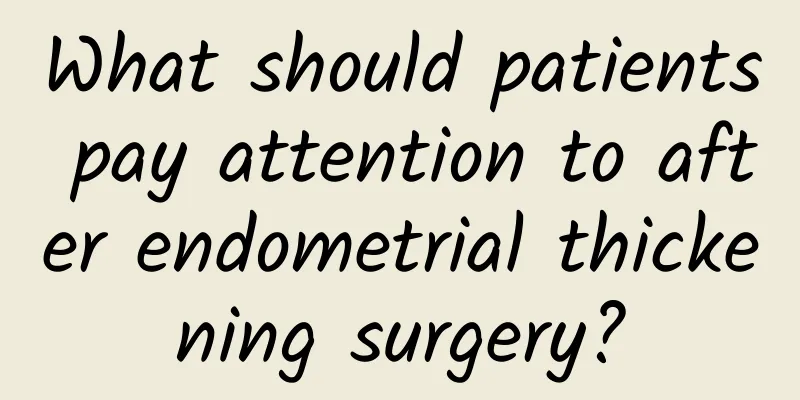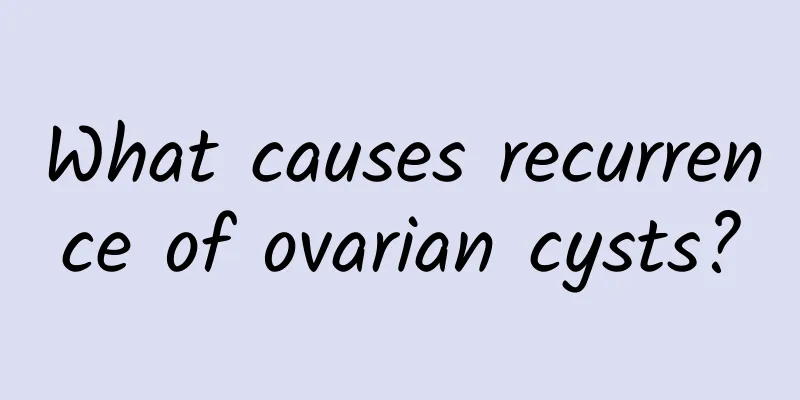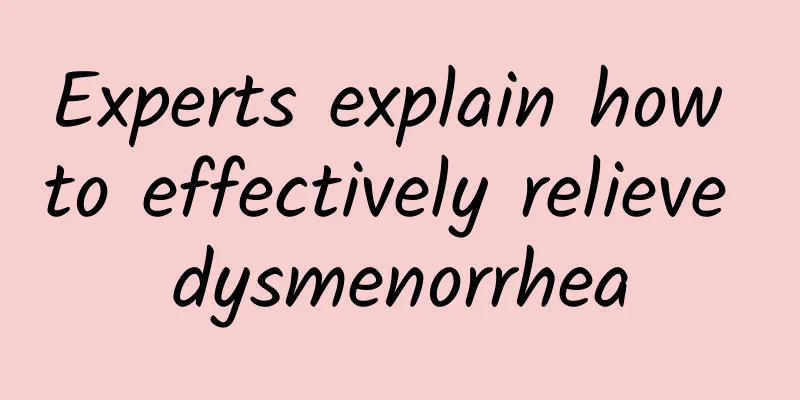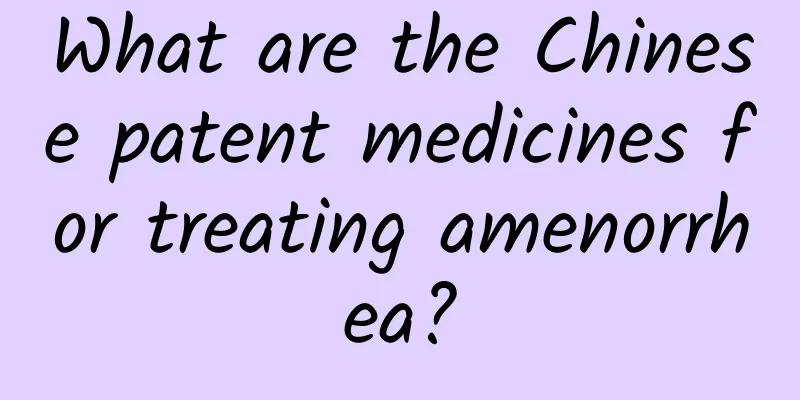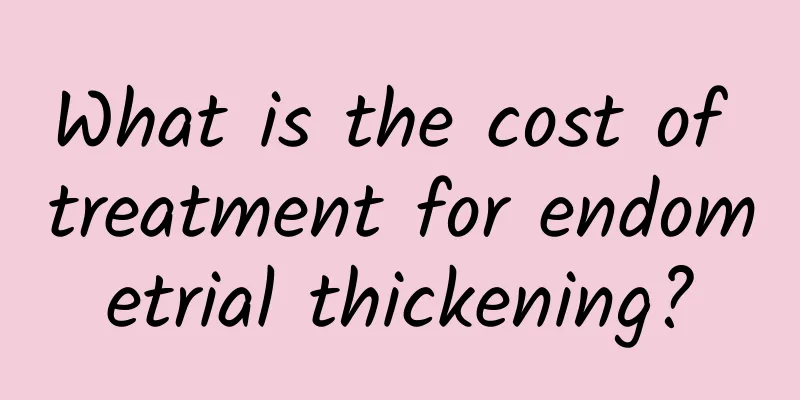How to treat intrauterine adhesions? 3 common methods
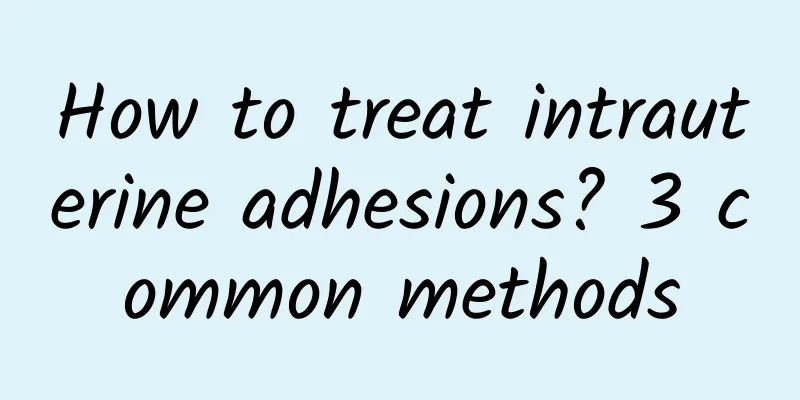
|
The clinical incidence of intrauterine adhesions is very high, and the disease is very harmful. In severe cases, it can lead to female infertility. Even if pregnancy occurs successfully, miscarriage is very likely to occur. Therefore, once the disease is diagnosed, treatment should be urgent. Today, I will explain to female friends how to treat intrauterine adhesions. 1. Hysteroscopic therapy <br/>Hysteroscopy is the gold standard for checking and confirming intrauterine adhesions, and is also the main method of treatment. Generally, if intrauterine adhesions are found by B-ultrasound of the uterine appendages, the patient is usually hospitalized to complete various examinations, and then undergoes hysteroscopy and treatment at the same time. The methods of hysteroscopic surgical treatment include electroresection and freezing, which are mainly used to separate adhesion tissue. After hysteroscopic separation of adhesion tissue, the task is not completed and it is over. Auxiliary treatment is also needed to improve the surgical effect and prevent recurrence. |
<<: Can intrauterine adhesions be cured? There are many ways
>>: What are the symptoms of intrauterine adhesions? Pay attention to timely treatment
Recommend
What to do if Bartholinitis often occurs
Bartholinitis is an uncommon gynecological diseas...
What are the examinations before painless abortion?
Although painless abortion is a common surgical p...
What are the methods for preventing cervical hypertrophy?
The high incidence of cervical hypertrophy is com...
Can cervical erosion be cured by medication for three degrees?
Third-degree cervical erosion usually has limited...
Does it mean that I can't get pregnant if I have Bartholinitis?
Does Bartholinitis affect pregnancy? Bartholiniti...
When is it more accurate to check for ectopic pregnancy?
How long after pregnancy can an ectopic pregnancy...
What should I do if a health check-up reveals high body fat and fatty liver? Nutritionists teach you 3 principles for fat loss
This month is the health check month for Good Foo...
Preventive measures for adnexitis should be taken in daily life
Adnexitis is one of many gynecological diseases, ...
What are the symptoms of bacterial vaginosis?
What are the symptoms of bacterial vaginitis? As ...
What are the symptoms of cervical erosion in the elderly? Analysis of the symptoms of cervical erosion in three degrees
Cervical erosion is a common and frequently occur...
Is viral cervical erosion contagious?
Some women are completely unaware of their cervic...
Can eating red dates and donkey-hide gelatin replenish blood after abortion? How to regulate scanty menstruation after abortion
In fact, many female friends now have the phenome...
What are the diagnostic tests for dysmenorrhea?
What are the diagnostic examination methods for d...
Increase brown fat to help lose weight and eat more ursolic acid foods
Summer is approaching, but you still can’t get ri...
How can women correctly diagnose ovarian cysts?
What are the symptoms of ovarian cysts? Ovarian c...

